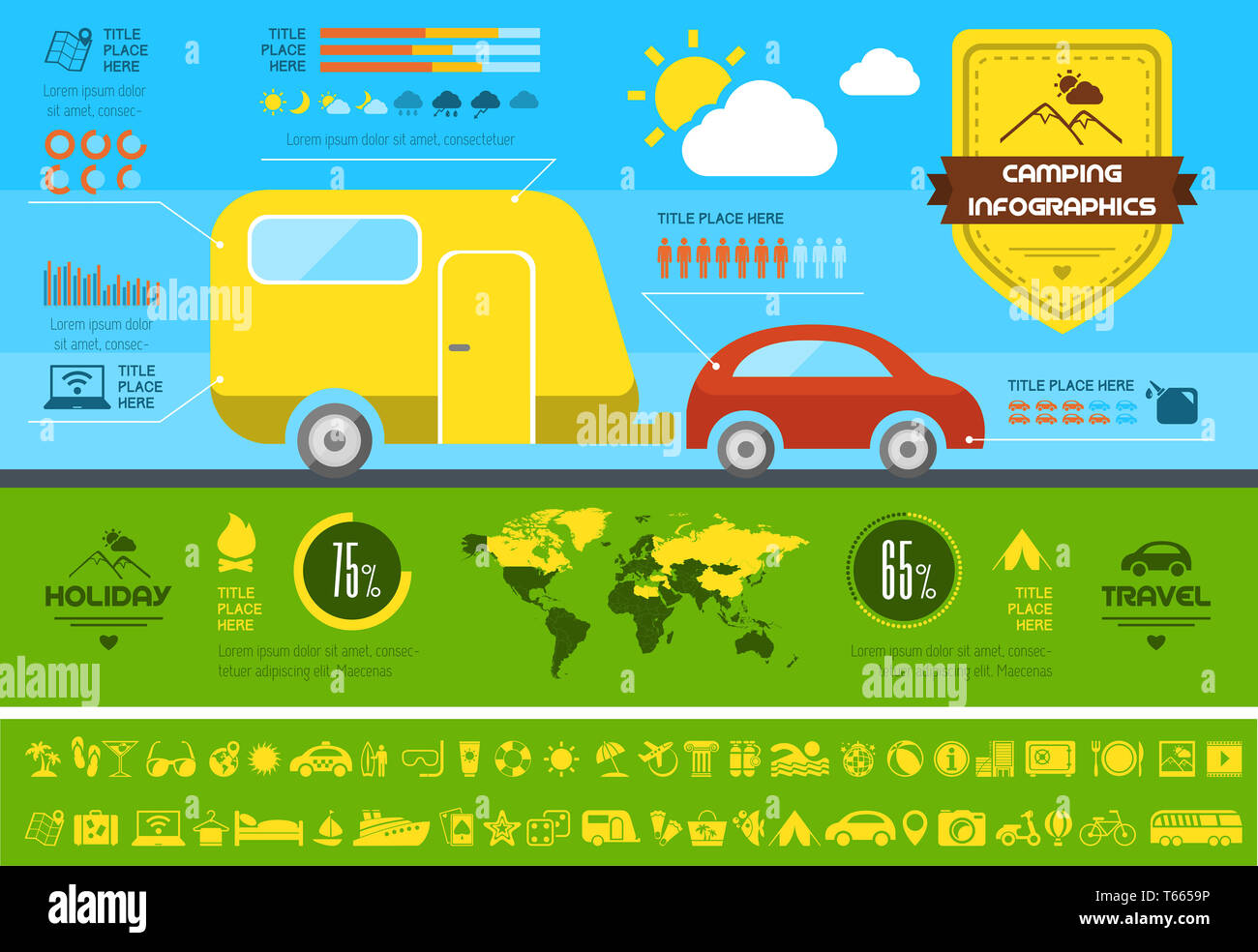Bell tents are ending up being increasingly preferred as versatile, trendy shelters for outdoor camping and glamping. Yet what's the background behind this long-lasting design?
How do you pack a bell tent?
Henry Hopkins Sibley patented the single-pole conical tent that we understand as a bell camping tent. However, he abandoned to the Confederacy and never ever received his royalties.
Inevitably, another person added brief walls to the cone cover and invented what we currently referred to as a bell tent.
Beginnings
The popularity of bell tents is expanding, and they're currently a staple at camping events and as trendy backyard resorts. Their roomy insides supply a flexible home from home setting that's optimal for families and teams of pals, while the round style assists with security in strong winds.
The layout of the contemporary bell tent can be mapped back to military outdoors tents utilized by European militaries during the Crimean Battle in 1853-1856. Then, in America, a soldier called Henry Hopkins Sibley patented a comparable structure that attracted motivation from American Tipis.
Both layouts are still being used today. Nonetheless, Sibley camping tents vary from their more current cousins because they have side walls and an elevated larger entry. Sibley tents additionally rely on a solitary central post for assistance that makes them easier to establish but restricts configuration choices.
Purpose
Bell camping tents' one-of-a-kind shape and large insides make them the optimal selection for a large range of exterior activities. Whether you're hosting a yard camping party, glamping at a remote natural hideaway or going on a legendary fantasy-inspired adventure, the flexibility of these outdoors tents guarantees that your experience will certainly be comfortable and elegant.
The bell-shaped tent was initially patented in 1856 by Henry Hopkins Sibley, who had created the design after observing Indigenous American tipi outdoors tents. However, he resigned from the United States Military at the outbreak of the Civil Battle, waiving his rights to future nobilities.
Ever since, the design has ended up being a staple of lots of glamping experiences. These luxurious camping tents commonly include plush bed linen and en-suite washrooms, giving campers the possibility to appreciate nature without sacrificing comfort.
Style
In the contemporary, bell outdoors tents have experienced a revival in popularity, as individuals choose a more immersive outdoor experience. They are utilized in a range of setups, consisting of outdoor camping, glamping, and events. Their distinct shape, large insides, and reasonably very easy setting up make them a popular choice for those seeking a sophisticated, historical style to their exterior experiences.
The distinct shape of a bell tent creates high ceilings and sufficient headroom, making it comfortable to stand up in and move. Furthermore, the facility post is not positioned near the entry of the outdoor tents, permitting even more personal privacy and space inside the shelter.
The bell tent design traces back to an American soldier named Henry Hopkins Sibley, who was inspired by Native American tipi tents when developing his version of the bell tent in 1856. His design was a significant enhancement over typical military outdoors tents, which were hard to move as a result of their difficult building and construction.
Products
In modern-day times, Bell Tents are crafted from exceptional products that are created for resilient toughness. This is why they are a preferred option amongst leisure campers, festival-goers, and glampers alike.
In the 19th century, an US Army officer named Henry Hopkins Sibley adjusted typical outdoors tents right into what is now known as the modern bell tent. He based his layout on Indigenous American Tipi frameworks, adding brief wall surfaces to the main post framework that made it more stable.
Today, polycotton canvas is an usual product utilized in the building of bell tents. This blend of cotton and polyester supplies a variety of advantages, consisting of breathability, exceptional weather resistance, and easier maintenance than pure cotton canvas. This material is likewise durable and abrasion-resistant. It is thicker than most nylon textiles, nonetheless, which can make it hefty and a lot more expensive than normal outdoors tents.
Contemporary
In modern, the popularity of Bell Tents has actually blown up thanks to glamping sites and events providing these roomy outdoors tents for pairs, groups and family glamping tents members to take pleasure in. The aesthetic allure and toughness of these circular tents are interesting numerous campers.
Whether it be rain or wind, these outdoors tents hold their own versus the aspects. Commonly, they're made with canvas that is dealt with to protect versus wetness, mildew and UV rays.
How do I keep my tent cool?
It isn't clear specifically when these camping tents were designed, but it's extensively recognized that they're a variant of a Sibley tent - called after Henry Hopkins Sibley, who adapted the layout of the American Indian tipi. It is thought that whoever added brief walls to Sibley's cone cover was accountable for the creation of the bell outdoor tents as we understand it today.
